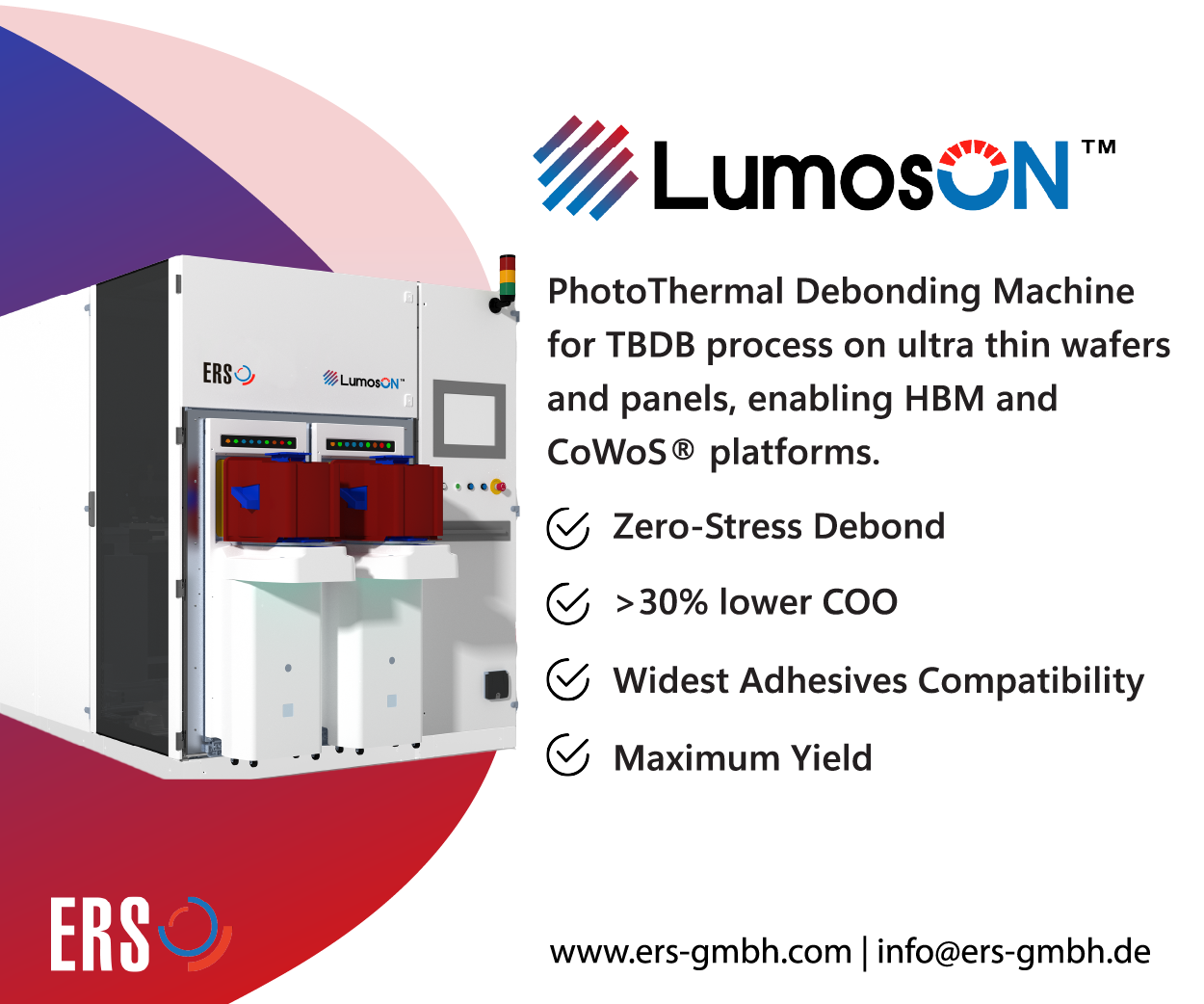
Looking back at the last 10 years, it is very difficult to choose one single event that was the most pivotal for commercializing 3D integration technology. There have been many prior events that have driven 3D integration and aligned the whole industry in migrating from monolithic 2D to heterogeneous and 3D integration. From my perspective, the most path-breaking event was the rise of the backside illuminated CMOS image sensor (BSI CIS) into consumer devices about 10 years ago. To our knowledge, this was the first 3D integrated high-volume device.
But why has BSI CIS been so successful on the market, while other devices have also demonstrated performance improvements utilizing 3D integration? In my opinion, BSI CIS represents the first time that the sweet spot of performance, cost, and form-factor were met in 3D integration. Without 3D integration, pixel scaling as low as 1µm today, with superior sensitivity and speed, would not have been feasible.
Processing BSI CIS also triggered the adoption of fusion bonding in high-volume manufacturing, as well as enabled hybrid bonding, which will both be fundamental building blocks for future 3D systems-on-chip (3D SoC) as well as 3D IC with sequential processing, including layer transfer or backside power distribution.
I think we are just beginning to experience the acceleration of 3D and heterogeneous integration in a lot of different applications and markets. Where individual devices have been adapted to 3D integration with a lot of effort and engineering power in the past, 3D is imperative in the next 10 years. With both “More than Moore” and “More Moore” having a clear roadmap toward 3D integration, design kits and design tools are under development right now and will be rolled out shortly. Flexibility will be key for a fast-paced industry with shorter and shorter consumer product lifecycles. Furthermore, 3D will enable players that have dropped out of the scaling race to come back and enable high-performance devices on larger nodes at a lower cost. The next 10 years will change the way we design and build systems, using 3D in significantly more applications than was the case during the past 10 years.




















